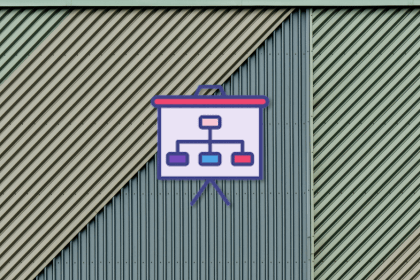
Availability heuristics refer to your brain preferring to use information that’s readily available at the expense of being comprehensive.

A team lead is a visionary who can coach, guide, and motivate the team to work collaboratively towards a common goal.

Asynchronous communication can enable you to remain focused on your work so that you have fewer distractions and are more productive.

Open-ended questions are queries that go beyond receiving a simple “yes” or “no” answer by requiring respondents to expand on their answers.

Critical thinking is a disciplined way of understanding, applying, and evaluating information from various sources to make informed judgments.

Are product managers in 2024 using the same software, websites, and programs to manage their needs? Are favorites such as Miro still relevant?

The term whiteboarding usually refers to the use of a large whiteboard for collaborative work like designing, planning, and ideating.

Leveraging strong intrapersonal communication will elevate your personal growth and help you grow into the product leader you want to be.

Extrinsic motivation is driven by external rewards, as opposed to intrinsic motivation which is driven from within.

An elevator pitch is a technique to help you introduce yourself and get the person interested in knowing more.

When someone does something because they relate to it or because it matters to them that’s an intrinsic motivation.

A decision-making process is a methodology used for making decisions efficiently. It’s especially useful when you don’t know where to start.